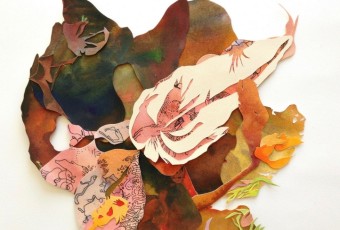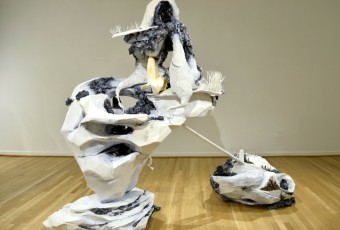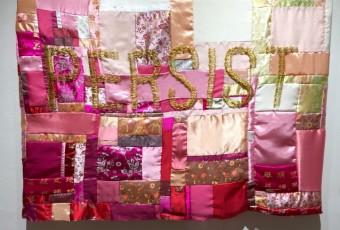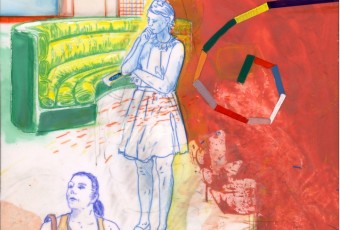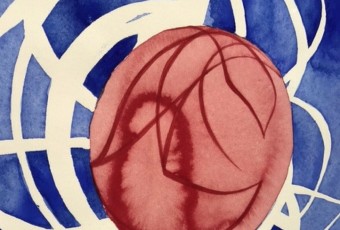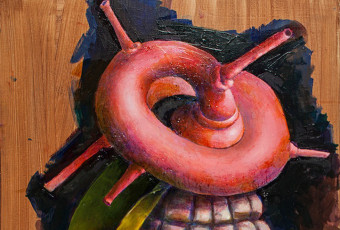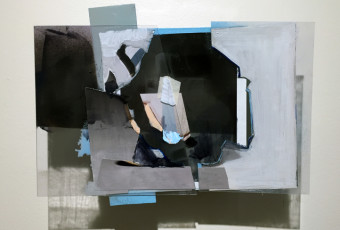Melanie Gritzka del Villar
August 4–27, 2017
Retracing Roots/Routes
Gritzka del Villar’s practice is shaped by her ongoing search for harmony out of disparate cultural and environmental elements. This translates into a sensibility towards cast away or overlooked objects as holders of fleeting meaning and of latent possibilities for alternative narratives.
In 2016, Gritzka del Villar attended a month-long artist residency in the city of Puebla, Mexico to explore the evidence of trade routes between Mexico and her home country, the Philippines. For two and a half centuries, Mexico and the Philippines were under Spanish domination. During this period (1565 to 1815), huge vessels would navigate the Pacific, from the port of Acapulco (Mexico) to Manila (the Philippines). The complete trade route transported cargo such as silver, silk, porcelain, and spices, from Seville in Spain to the Mexican port of Veracruz, overland through strategically positioned cities such as Puebla, to the port of Acapulco, on to Manila and back. This colossal enterprise ensured a rich intermingling and assimilation of customs, traditions, language and aesthetics. The works presented in this exhibition show the artist’s reflections on a shared past in relation to the Spanish colonial expansion in the Pacific.
Gritzka del Villar uses found objects, photographs, stories and maps as springboard to transcend historical facts and to delve in the poetic possibilities of events. Driftwood fragments collected on the shores of Philippine islands are juxtaposed with photographic plaster transfers portraying wall textures from the old town of Puebla.
The gel transfers of old maritime maps representing the galleons’ voyage across the Pacific provide a metaphor for the inherent instability of cartography as historical construction. The artist has infused the maps with fictional anecdotes, giving a personal touch to the otherwise anonymous diagrams.
Then there’s the Mexican popular legend of the “China Poblana”. The myth is based on the historical figure of an Asian woman (Indian? Filipina?) called “Mirrha” who was shipped to Mexico c.1620 and baptised as “Catarina de San Juan”. She lived in Puebla as a servant and gradually morphed into the popular symbol of Mexican femininity as “La China Poblana” in the 20th century. By reenacting the myth using her own choice of characters, Gritzka del Villar expands on existing popular narratives and stereotypes and hints at the constant evolution of cultural constructs.
Through her exhibition “Retracing Roots/Routes” Gritzka del Villar renders a divergent, more personal perspective on the era of the Spanish Galleon trade, allowing her to reimagine her own identity which surges between Europe, Mexico and the Philippines.
Melanie Gritzka del Villar—born 1982 of German-Philippine parents – has lived, worked and studied in Germany, Spain, England, Thailand, and the Philippines. She holds a BA (Hons) in Fine Art from Staffordshire University, UK, as well as an MA in Art History from The Open University, UK. Gritzka del Villar has exhibited in numerous venues internationally. She is currently based in Washington, D.C.





